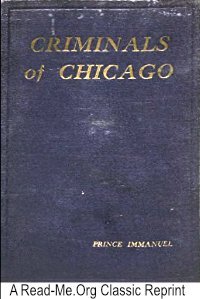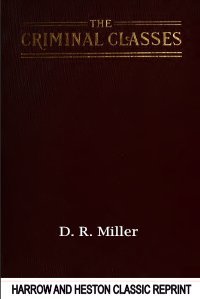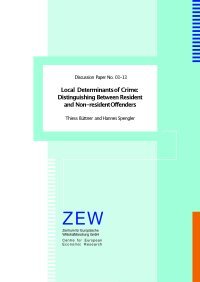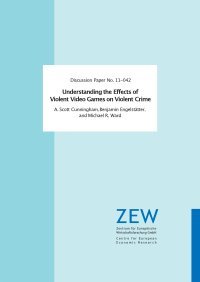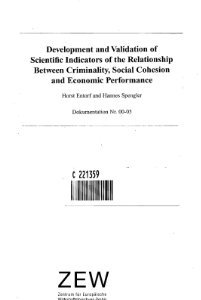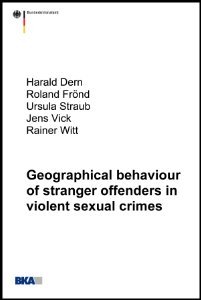By Benjamin Engelstätter, A. Scott Cunningham, and Michael R. Ward.
Most psychological studies report a positive relationship between violent video game play and aggression. In line with that researchers and policy makers alike understand playing violent video games as contributing factors to increased aggression in teenagers and young adults including, perhaps, high school shootings. However, laboratory studies are unable to account for either the possible selection of relatively violent people into playing violent video games or foregone aggressive effects of alternative activities video game playing may substitute for. Specifically, psychological laboratory experiments cannot address the time use effects of video games which tend to incapacitate gamers from violent activity, e. g. crimes, by drawing them into extended gameplay. Accordingly, laboratory studies may be poor predictors of the net effects of violent video games on society, thus potentially overstating the importance of video game induced aggression. We argue that as both a behavioral tendency toward aggression and incapacitation from aggression are consequences of playing violent video games, the policy relevance of violent video game regulation depends critically on the degree to which one outweighs the other. We empirically investigate how video games could affect crime using four years of weekly data from the US by matching four different data sources. The number of violent and nonviolent crime incidents each week we obtain from the National Incident Based Reporting System (NIBRS). Our measure for video game play is derived from VGChartz which report the unit sales of the top 50 video games across the US each week. To determine the violent content of each game, we collect information from the Entertainment Software Rating Board (ESRB). This nonprofit body rates the appropriateness of games and provides detailed content descriptions for each game including the degree of violence. To control for unobserved factors that might influence both crime rates and video game play like, e. g., bad weather such as rain or heavy snow, we focus only on changes in game sales associated with differences in game quality as measured by Gamespot, a professional video game rating board (instrumental variable approach). Our results indicate two opposing effects. They suggest the behavioral effects in line with the psychological studies. If not for the incapacitation effect, violent video games would be associated with more violent crimes. However, the results also support a voluntary incapacitation effect in which playing either violent or non-violent games decrease crimes. Sales of either violent or non-violent games are associated with decreased violent and non-violent crime. The incapacitation effect dominates the behavioral effect such that, overall, violent video games lead to decreases in violent crime.
Mannheim: ZEW – Leibniz Centre for European Economic Research, 2011. 47p.


